Disaster risk reduction - one of ASEAN's top priorities
Southeast Asia is one of the most disaster-prone regions in the world. Natural disasters, including floods, storms, heat waves, droughts, and even earthquakes and tsunamis, cost countries in the region an average of $86.5 billion in annual economic losses, according to the United Nations Economic and Social Commission for Asia and the Pacific .
According to statistics from 2012-2020, at least 2,916 natural disasters occurred in Southeast Asia, including several large-scale ones such as Typhoon Bopha (2012) in the Philippines; Typhoon Haiyan (2013) in the Philippines; earthquake and tsunami in Central Sulawesi (2018) in Indonesia, Typhoon Mangkhut (2018) in the Philippines and Typhoon Damrey (2017) in Vietnam...
As one of the fastest growing regions in the world with rapid urbanization, population growth, environmental degradation and climate change, Southeast Asia is increasingly vulnerable to natural disasters that are increasing in intensity and frequency.
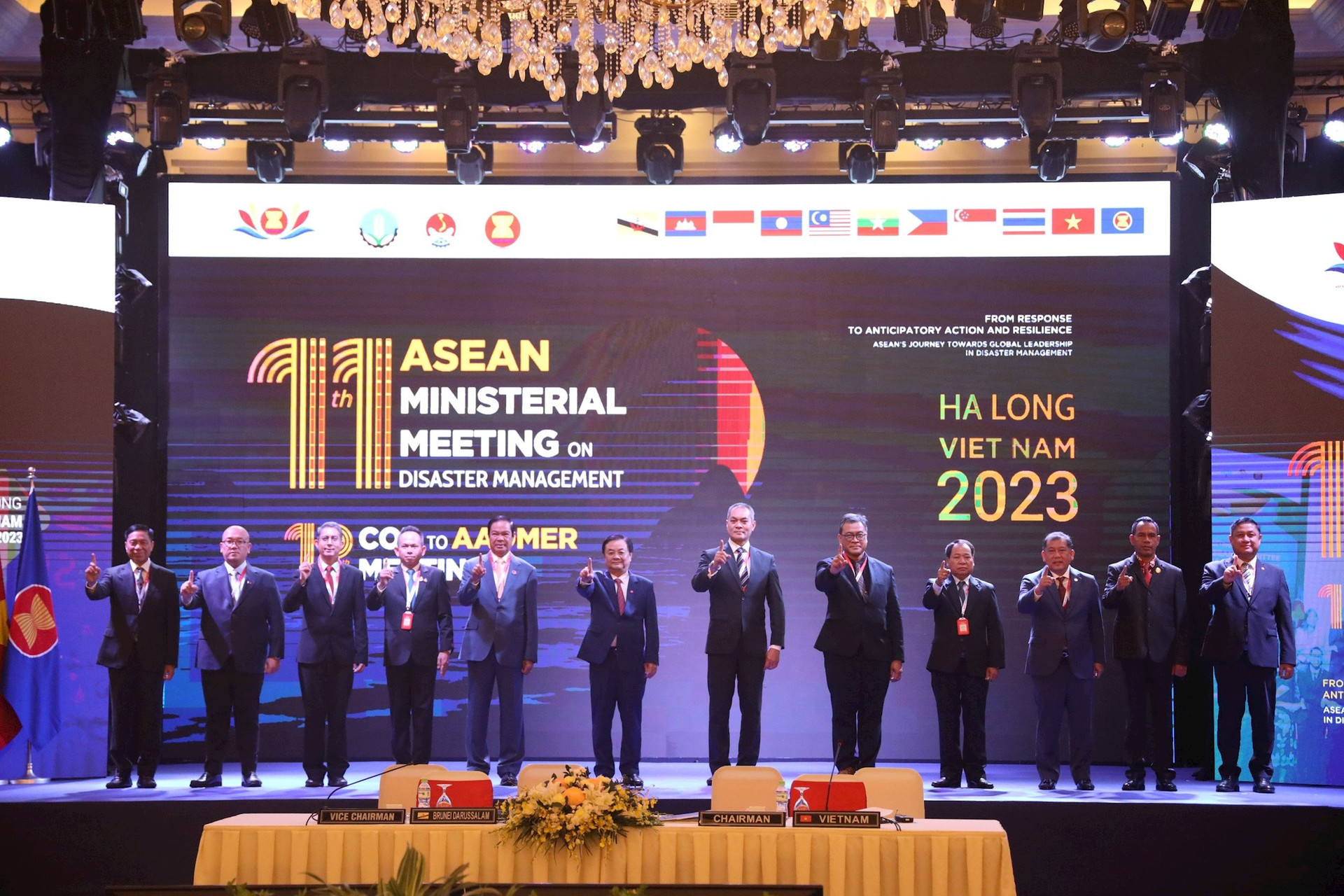
In such a context, cooperation among ASEAN member states in disaster management has become a highlight in the multi-sectoral and multi-sectoral cooperation and commitment within the region, as well as with partners outside the region. Disaster risk reduction is also one of ASEAN's top priorities to achieve the goals of the Sendai Framework for Disaster Risk Reduction as well as the Sustainable Development Goals by 2030.
The idea of ASEAN countries coordinating their response to major natural disasters has been strongly promoted since the 2004 Indian Ocean earthquake and tsunami that devastated many regions of the country. This natural disaster can be considered as the driving force for ASEAN to complete the process of building the ASEAN Agreement on Disaster Management and Emergency Response (AADMER), laying the foundation for disaster management activities among countries in the region.
While the ASEAN Socio-Cultural Community Blueprint 2025 (ASCC Blueprint 2025) is the overarching guide for the development of a sustainable and resilient community, the AADMER Agreement and two other key documents are the frameworks that will affirm ASEAN’s collective commitment to disaster management in the years to come, including: the ASEAN Vision 2025 on Disaster Management (2016) and the ASEAN Declaration on “One ASEAN One Response” (2016). In addition to these common frameworks, the AADMER Work Programme 2021-2025 aims to develop stronger multilateral cooperation mechanisms and the AHA Centre’s Action Plan sets out the task of bringing this mechanism to a global leadership role in disaster management…
Promoting ASEAN cooperation on disaster management by 2023
According to the rotation order among ASEAN countries, in 2023, Vietnam will assume the role of Chair of the ASEAN Committee on Disaster Management (ACDM), host the 11th ASEAN Ministerial Meeting on Disaster Management and related meetings of ACDM, AHA Center, etc.
Vietnam has been demonstrating a spirit of “proactivity, positivity and responsibility” in ASEAN cooperation, in which disaster management is an important content in the Socio-Cultural Community pillar of ASEAN cooperation.
Mr. Nguyen Hoang Hiep, Deputy Minister of Agriculture and Rural Development, emphasized: “Hosting a major forum on Disaster Management in the ASEAN region is Vietnam’s obligation, but it also helps the host country enhance its role, prestige and position in the region and in the international arena, while also gaining support from the international community for Vietnam’s disaster prevention and control work and actively contributing to building a resilient ASEAN community, thereby contributing to the country’s overall development.”
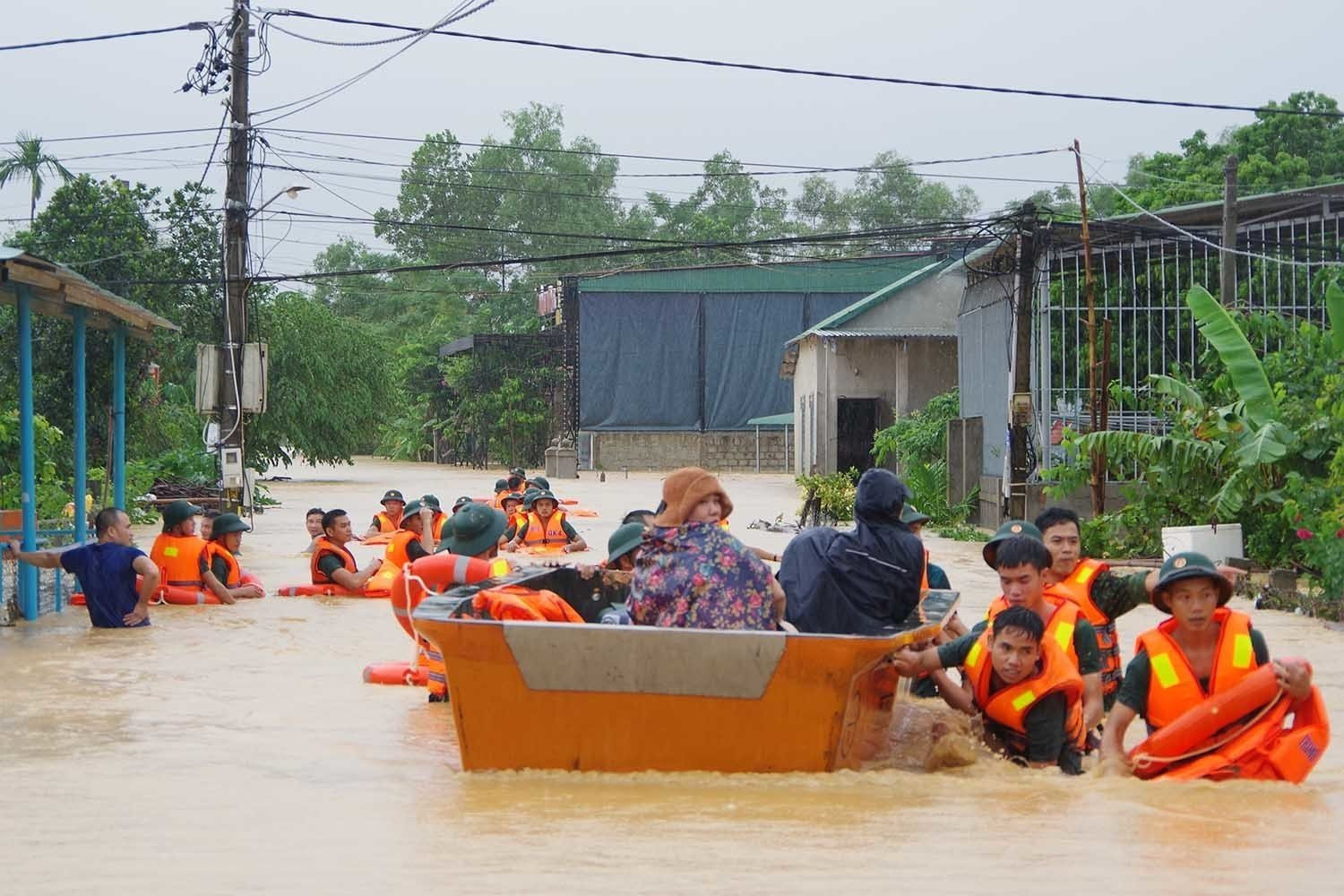
“Early Action” is a theme proposed by Vietnam and unanimously selected by the disaster management agencies of ASEAN countries for regional cooperation on disaster management in 2023. Although “Early Action” is a new concept for Vietnam in particular and the region in general, in essence, it is the activities and intervention measures right in the pre-disaster prevention phase that agencies in the field of disaster prevention and control have been proactively implementing based on forecasts, early warnings or pre-disaster risk analysis.
The increasing emphasis on early action by ASEAN countries reflects an increased commitment to innovative approaches to disaster risk management and reduction. Statistics show that early action helps reduce loss of life and property, and strengthens community resilience.
The ASEAN Framework for Early Action in Disaster Management was developed by ACDM between November 2021 and May 2022, with the aim of ensuring that early warnings are translated into effective early actions, thereby minimizing the impacts of disasters across the region. At the 11th ASEAN Ministerial Meeting on Disaster Management (AMMDM) held in Quang Ninh (Vietnam) in October 2023, the countries adopted the Ha Long Declaration on Early Action in ASEAN Disaster Management.
According to Ms. Doan Thi Tuyet Nga - Head of International Cooperation and Science and Technology Department, Department of Dyke Management and Natural Disaster Prevention and Control, to implement the Ha Long Declaration, in the coming time, Vietnam and other ASEAN countries will have to focus on strengthening the information system on natural disaster risks, forecasting and early warning; strengthening planning and operation, implementing early actions to prevent and respond to natural disasters at national, regional and local levels,...
It is hoped that, with continuous innovation and promotion of cooperation among member states in the field of disaster management, ASEAN will realize its vision of becoming a global leader in disaster management through the exchange and sharing of knowledge and practical experience, as well as contributing to global efforts in responding to disaster risks.
Source





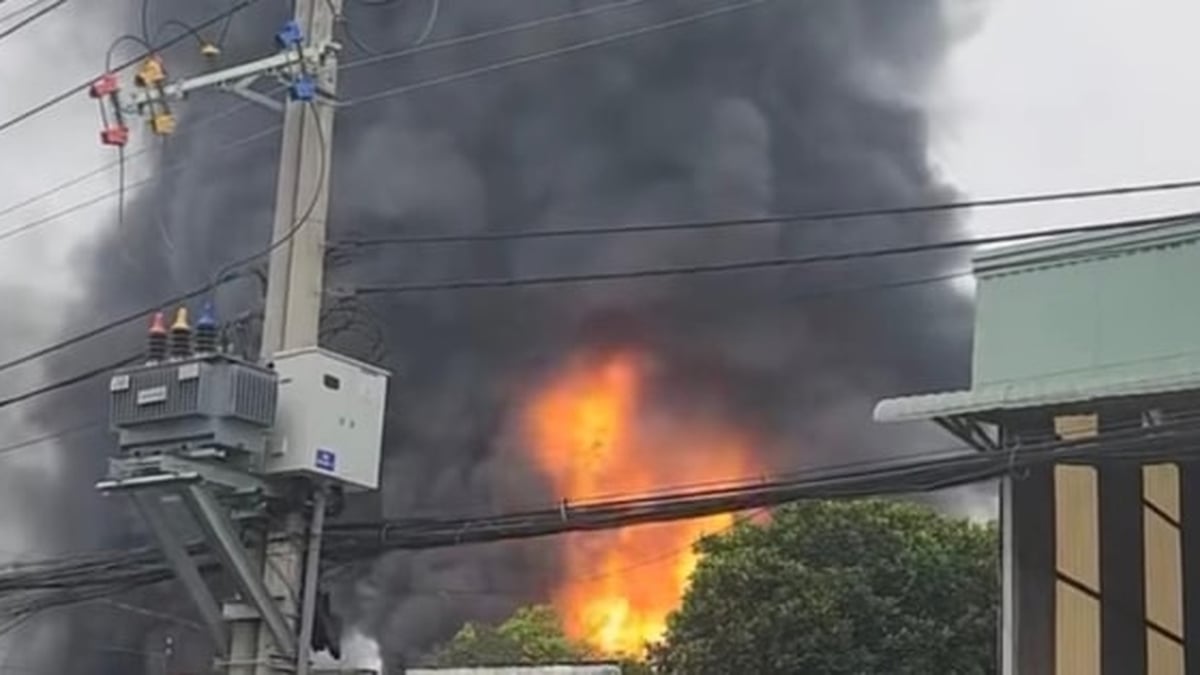





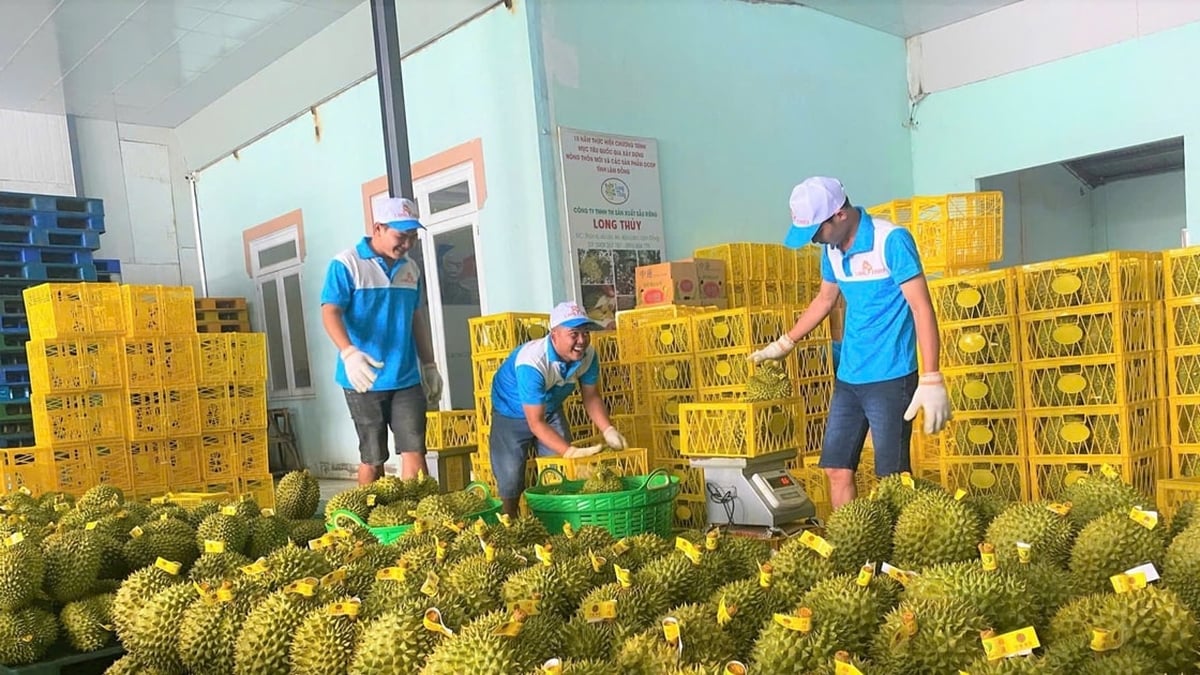














































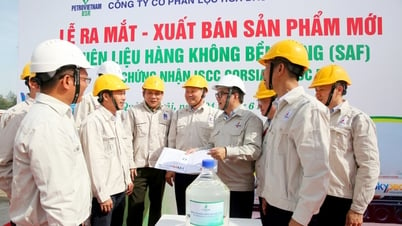




![[Maritime News] More than 80% of global container shipping capacity is in the hands of MSC and major shipping alliances](https://vphoto.vietnam.vn/thumb/402x226/vietnam/resource/IMAGE/2025/7/16/6b4d586c984b4cbf8c5680352b9eaeb0)







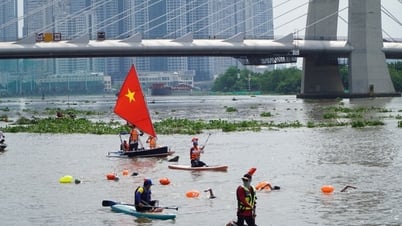




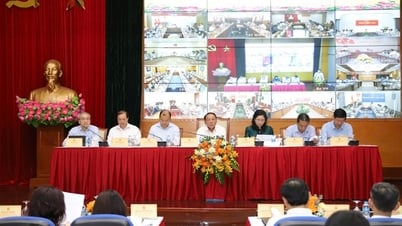
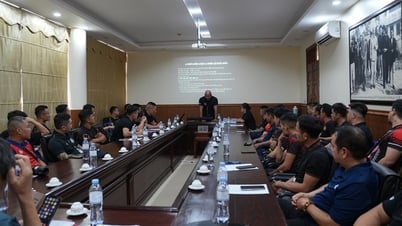























Comment (0)